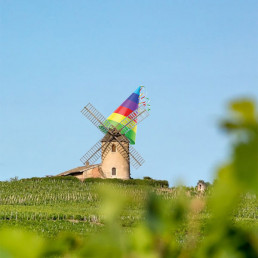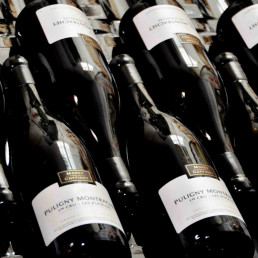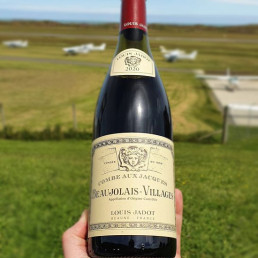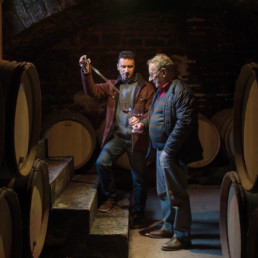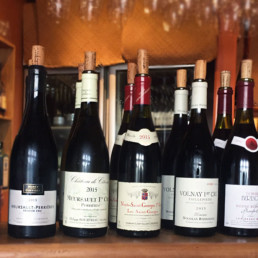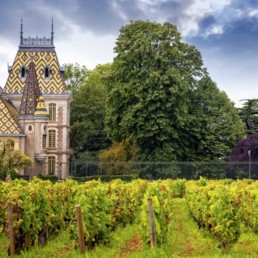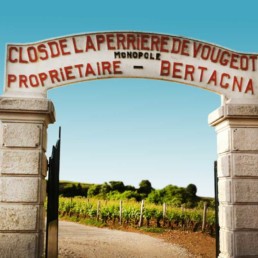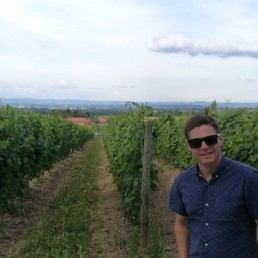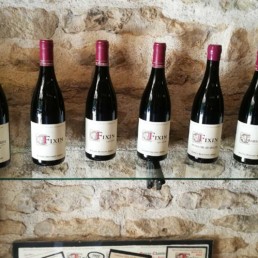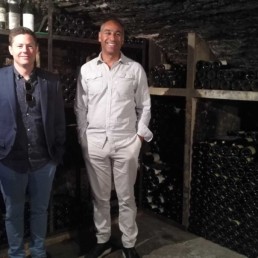21 June, 2024
A Century of Moulin-a-Vent and Château des Jacques
It's Happy Birthday to Château des Jacques and their estates' ties to the very first official Beaujolais Cru and the…
2 February, 2022
Domaine Morey-Coffinet: The Allure of the Côte d’Or
Morey-Coffinet have been certified organic since 2018 and have been following biodynamic principles for almost a…
4 November, 2021
Maison Louis Jadot: An All-Time Classic
Undoubtedly, Louis Jadot is one of the most consistent growers and négociant houses in Burgundy...
5 June, 2020
Domaine Hubert Lignier: The Mystique, Seductiveness, Finesse of Burgundy Personified
It's an honour to have a precious allocation of this range of vinous jewels.
23 July, 2019
Celebrating Burgundy Premier Cru
We held two outstanding dinners on the same evening for our Burgundy Premier Cru events. What a night!
4 June, 2019
The Ins and Outs of Burgundy Crus
The more one learns, the more one realises how much remains to be learned of this magical place in east-central France.
28 August, 2018
Domaine Bertagna: A Burgundy Gem From our Personal Cellar
We at Dhall & Nash have had Bertagna for a few years and we still maintain it is an absolute must-have in any cellar.…
9 July, 2018
Puneet & Brandon in France: Day Five
Another beautiful morning and Brandon and I walk into another magnificent Domaine - a beautiful ivy clad house, just…
6 July, 2018
Puneet & Brandon in France: Day Four
In the morning Brandon and I travel back to the legendary village of Chambolle Musigny. We now understand why this is…
5 July, 2018
Puneet & Brandon in France: Day Three
A lovely summer’s morning and a drive to Meursault, a medium sized village, extremely lovely, a lot of yellow and cream…
